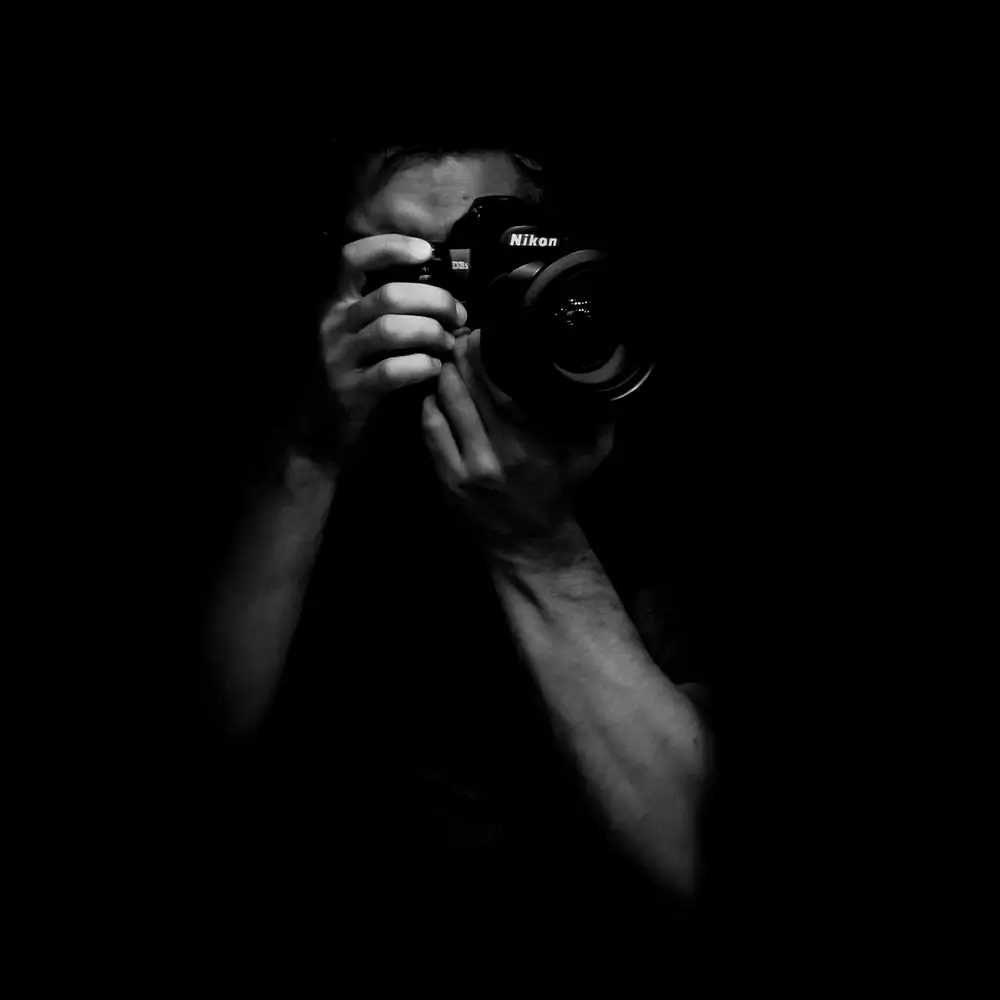Natural scientist, photographer, artist. Adam's artistic style and photographic sensibility have emerged from his inquisitive and exploratory creative process, whereby the medium of light and its effect on the motif is always at the focus of his artistic work. Through hours of planning and manual work, with the greatest care and attention to detail, he creates macroscopic artworks of living creatures in unity with technical components, of motifs from inanimate nature and, for some time now, he has been interested in compositions of metals with their unusual interplay with the medium of light. Numerous of his pictures have been published in national and international magazines in recent years, presented at festivals and awarded photography prizes worldwide.
When nature meets technics - A macroworld beyond everyday experience
This seemingly insurmountable contrast between nature and human technology has occupied me as a photographer for several years. Especially the mutual influence of stainless steel and other materials on small creatures fascinates me. With my photography i try to present this ‘nature versus technology’ contrast to the beholder and dissolve it photographically at the same time, so that the ultimate result of every composition is an aesthetically harmonious unity. With every image the beholder steps into a visionary space, in which a short story about a living being from our engineered environment is told and where, in the end, the two worlds merge into a unique entity. During this process, images arise which possess an aesthetic and a manner of expression of a novel kind, and thereby enable the beholder to partake in a novel emotional experience.
Awarded Photographer of the Week - Week 26